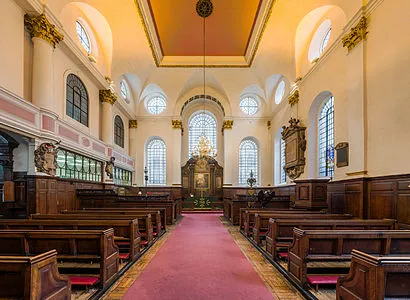Our Parish
Indian Orthodox Church, London
Indian Orthodox Church, London
St George's Indian Orthodox Church, London
St George’s Indian Orthodox Church in London, part of the UK, Europe, and Africa Diocese of the Malankara Orthodox Syrian Church in India, has been serving the London community since the 1970s. It is with great pride that St George’s Indian Orthodox Church continues its tradition of service in the heart of London, welcoming new individuals and students to join its congregation every Sunday. The church’s commitment to the city and its people is a testament to its enduring legacy since the 1970s.
Worshipping at
St. Margaret Pattens Church
Every Sunday at 08:30AM

In November 2022, the Indian Orthodox Church, which had been conducting services at St. Andrew-by-the-Wardrobe, a historic Anglican church near Blackfriars in the City of London, transitioned its services to St. Margaret Pattens Church of England, Eastcheap. This move, facilitated by the Church of England, provided the Indian Orthodox community in London with a new place of worship.
St. Margaret Pattens Church, located at Rood Lane and Eastcheap in the City of London, is a historic Anglican church designed by Sir Christopher Wren. Completed in 1687 as part of the post-Great Fire of London reconstruction, it’s known for its slender 200-foot spire. The church’s interior features classic 17th-century woodwork, high ceilings, stained glass windows, and traditional pews, preserving its historic charm.
